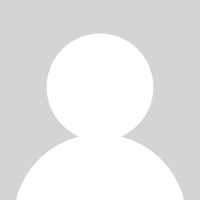
Corn and soybean growers are very familiar with neonicotinoid seed treatments, and some of the debates that surround their use – including examining their yield benefits and the potential for off-target negative effects.


Corn and soybean growers are very familiar with neonicotinoid seed treatments, and some of the debates that surround their use – including examining their yield benefits and the potential for off-target negative effects.

It’s western bean cutworm season – as discussed in last week’s Pest&Crop, moth trap counts are peaking, primarily in Indiana’s northern counties.

The western bean cutworm (WBC) trapping season continues, and after a slow start, moth flights have rapidly increased in many northern Indiana county traps this past week.

heromone trapping began for western bean cutworm moths this past week.

Currently, rootworm larvae are hatching throughout the state. If larvae are successful in finding vulnerable corn roots, they will feed until pupation. In a matter of days, the beetles will begin emerging, then feed (e.g., mostly on corn and other pollen), and mate.
Whether you are a large apiarist or a beginning hobbyist, it is essential to understand and prepare your bees when a state/local agency announces any pesticide application program.

In some parts of the state, delayed planting – or re-planting – of corn is a reality. Some producers may be attempting to switch to shorter day hybrids, including some without desired insect traits, including rootworm-specific Bt traits.

As we discussed here last week, there have been an unprecedented number of calls and samples regarding seedcorn maggot damage, particularly in soybeans.

Multiple samples of seedcorn maggot damaged soybean seedlings have been submitted to the Purdue Plant and Pest Diagnostic Lab.

It seems that the freezing temperatures, and snow, of just over a week ago has spurred an increase in the black cutworm and armyworm moth activity, see the accompanying pheromone trap captures.
© 2024 Purdue University | An equal access/equal opportunity university | Copyright Complaints | Maintained by Pest&Crop newsletter
If you have trouble accessing this page because of a disability, please contact Pest&Crop newsletter at luck@purdue.edu.